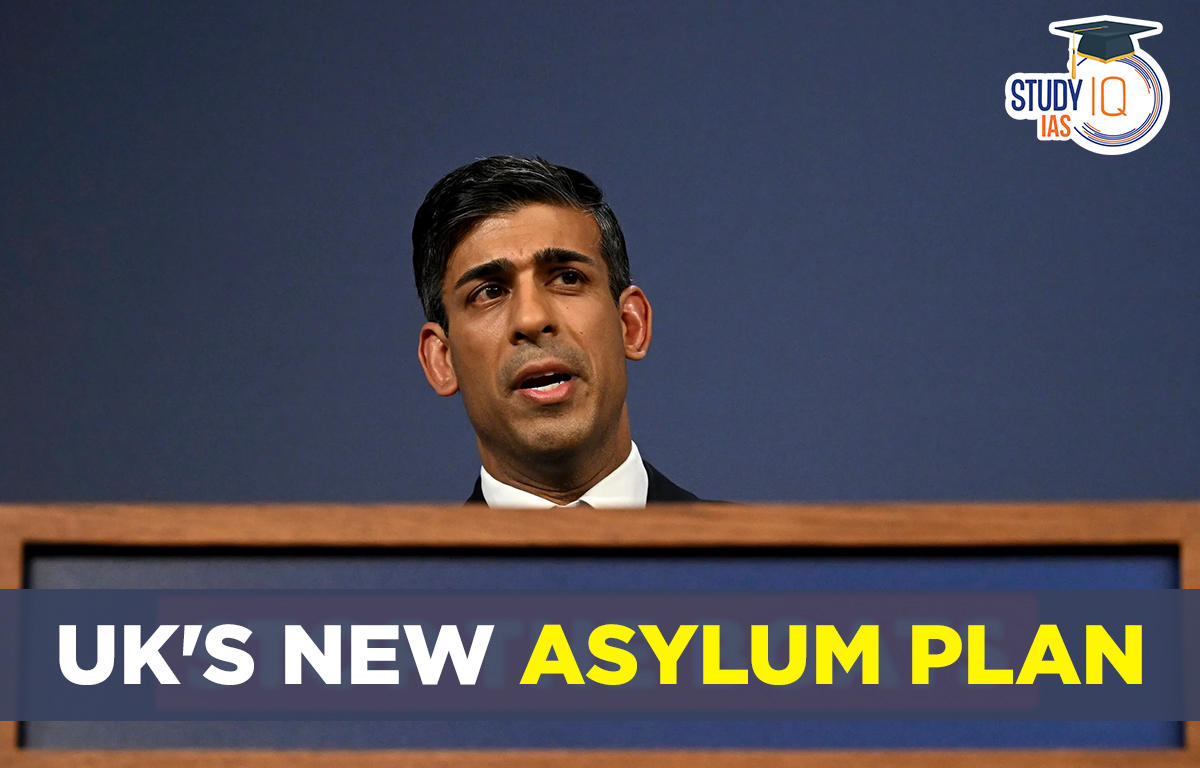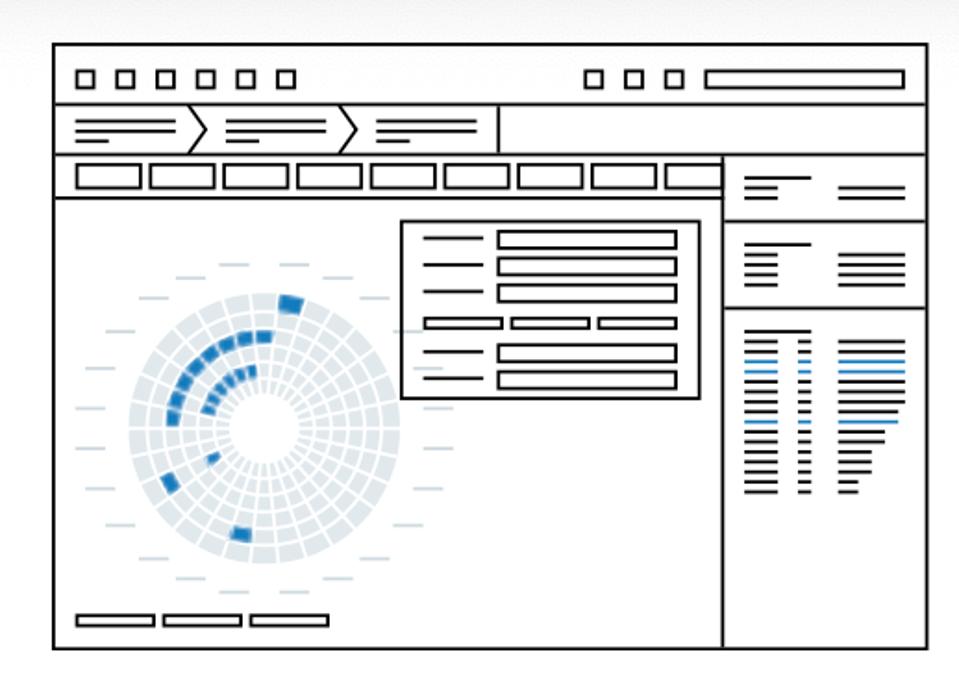Sea Level Rise: Urgent Action Needed To Protect Coastal Regions

Table of Contents
2.1 The Science of Sea Level Rise
The scientific consensus, supported by overwhelming evidence, confirms that sea level rise is directly linked to global warming. The primary drivers are:
- Thermal Expansion: As ocean water absorbs heat from the atmosphere, it expands in volume, contributing significantly to rising sea levels. This effect is amplified by the increasing greenhouse gas emissions from human activities. The warmer the planet gets, the more the oceans expand.
- Melting Glaciers and Ice Sheets: The accelerating melting of glaciers and ice sheets in Greenland and Antarctica adds vast quantities of freshwater to the oceans, further elevating sea levels. Satellite data reveals alarming rates of ice loss, particularly in recent decades.
- Changes in Land Water Storage: Changes in the amount of water stored on land, due to factors like groundwater depletion and reservoir construction, also influence sea levels.
Data from satellite altimetry and tide gauges consistently shows an accelerating rate of sea level rise. For example, global sea levels have risen approximately 8-9 inches (21-24 cm) since 1880, with a significant acceleration in recent decades. Projections for future sea level rise vary depending on greenhouse gas emission scenarios, but even under optimistic scenarios, substantial increases are inevitable. These increases will not be uniform globally; some regions will experience far greater impacts than others due to factors like land subsidence and ocean currents.
2.2 Impacts of Sea Level Rise on Coastal Regions
The consequences of rising sea levels are far-reaching and devastating for coastal regions:
- Coastal Erosion: Higher sea levels increase the power of waves and storm surges, leading to accelerated coastal erosion and the loss of beaches, cliffs, and other valuable coastal features.
- Increased Flooding: More frequent and intense high-tide flooding, exacerbated by storm surges, threatens coastal communities, infrastructure, and ecosystems. Low-lying areas are particularly vulnerable.
- Saltwater Intrusion: Rising sea levels push saltwater further inland, contaminating freshwater sources crucial for drinking water, agriculture, and ecosystems. This has significant implications for food security and human health.
- Loss of Habitat and Biodiversity: Coastal wetlands, mangroves, and coral reefs – vital ecosystems providing habitat for countless species – are particularly vulnerable to sea level rise and saltwater intrusion. This leads to biodiversity loss and ecosystem collapse.
Vulnerable regions include low-lying island nations in the Pacific and Indian Oceans, coastal cities in Bangladesh, and deltas like the Mekong River Delta. These areas face displacement of populations, damage to infrastructure (roads, bridges, buildings), and disruption of livelihoods dependent on fishing, agriculture, and tourism. The socio-economic impacts are profound and far-reaching.
2.3 Mitigation Strategies to Combat Sea Level Rise
Addressing sea level rise requires a two-pronged approach: mitigation and adaptation. Mitigation focuses on reducing greenhouse gas emissions to slow the rate of climate change and sea level rise.
- Transition to Renewable Energy: Shifting away from fossil fuels towards renewable energy sources (solar, wind, hydro) is crucial to reduce carbon emissions.
- Improved Energy Efficiency: Improving energy efficiency in buildings, transportation, and industry can significantly reduce overall energy consumption and emissions.
- Carbon Capture and Storage: Technologies that capture carbon dioxide emissions from power plants and industrial sources and store them underground can play a role in reducing atmospheric CO2 levels.
Adaptation strategies focus on adjusting to the unavoidable impacts of sea level rise. These include:
- Building Seawalls and Coastal Defenses: Constructing seawalls and other coastal defenses can offer some protection, but these are often costly and may have negative ecological consequences.
- Restoring Coastal Ecosystems: Restoring and protecting natural coastal ecosystems, such as mangroves and salt marshes, provides natural buffers against storm surges and erosion.
- Implementing Early Warning Systems: Developing and implementing effective early warning systems for coastal flooding and storm surges is vital for protecting lives and property.
- Improving Drainage Systems: Upgrading drainage systems in coastal areas can reduce the risk of flooding.
International cooperation and strong policy changes are paramount for effective mitigation and adaptation.
2.4 The Role of Individuals and Communities
While global action is critical, individuals and communities also have a vital role to play:
- Reduce Your Carbon Footprint: Adopting sustainable practices, such as reducing energy consumption, choosing sustainable transportation, and minimizing waste, can help reduce your individual carbon footprint.
- Community Action: Participating in coastal cleanups, advocating for climate-friendly policies, and supporting local initiatives focused on coastal protection are crucial.
- Climate Advocacy: Contact your elected officials to advocate for policies that address climate change and support sustainable development.
- Education and Awareness: Raising awareness about sea level rise within your community and educating others about its impacts is vital for fostering collective action.
Conclusion: Taking Urgent Action on Sea Level Rise
Sea level rise presents a severe and immediate threat to coastal communities worldwide, leading to coastal erosion, increased flooding, saltwater intrusion, and significant economic and social disruption. Effective action requires a combination of mitigation strategies, aimed at reducing greenhouse gas emissions and slowing the rate of climate change, and adaptation strategies, designed to help coastal communities adjust to the unavoidable impacts of rising sea levels. Understanding the impacts of rising sea levels is the first step towards effective action. Learn more about sea level rise and take steps to mitigate its effects on your community today. Support organizations working on climate change mitigation and adaptation, and advocate for policies that address this critical issue. Let’s work together to protect our coastlines from the devastating effects of rising sea levels.

Featured Posts
-
 Proposed Changes To Uk Student Visas And Asylum Claims
May 10, 2025
Proposed Changes To Uk Student Visas And Asylum Claims
May 10, 2025 -
 New Bot Governor Needed As Thailand Faces Tariff Headwinds
May 10, 2025
New Bot Governor Needed As Thailand Faces Tariff Headwinds
May 10, 2025 -
 The Palantir Nato Deal A Deep Dive Into The Future Of Public Sector Ai
May 10, 2025
The Palantir Nato Deal A Deep Dive Into The Future Of Public Sector Ai
May 10, 2025 -
 Public Reaction To Pam Bondis Comments On Killing American Citizens
May 10, 2025
Public Reaction To Pam Bondis Comments On Killing American Citizens
May 10, 2025 -
 Leaked Photos Show Microsoft And Asus Xbox Handheld Console
May 10, 2025
Leaked Photos Show Microsoft And Asus Xbox Handheld Console
May 10, 2025
Latest Posts
-
 Astros Foundation College Classic Names All Tournament Team For 2025 Season
May 11, 2025
Astros Foundation College Classic Names All Tournament Team For 2025 Season
May 11, 2025 -
 Tennessees Karlyn Pickens Record Breaking 78 2 Mph Fastball In Ncaa Softball
May 11, 2025
Tennessees Karlyn Pickens Record Breaking 78 2 Mph Fastball In Ncaa Softball
May 11, 2025 -
 Cody Bellinger And Aaron Judge A Yankees Lineup Strategy
May 11, 2025
Cody Bellinger And Aaron Judge A Yankees Lineup Strategy
May 11, 2025 -
 Witness The Excitement Houstons Astros Foundation College Classic
May 11, 2025
Witness The Excitement Houstons Astros Foundation College Classic
May 11, 2025 -
 2025 Astros Foundation College Classic All Tournament Team Revealed
May 11, 2025
2025 Astros Foundation College Classic All Tournament Team Revealed
May 11, 2025
